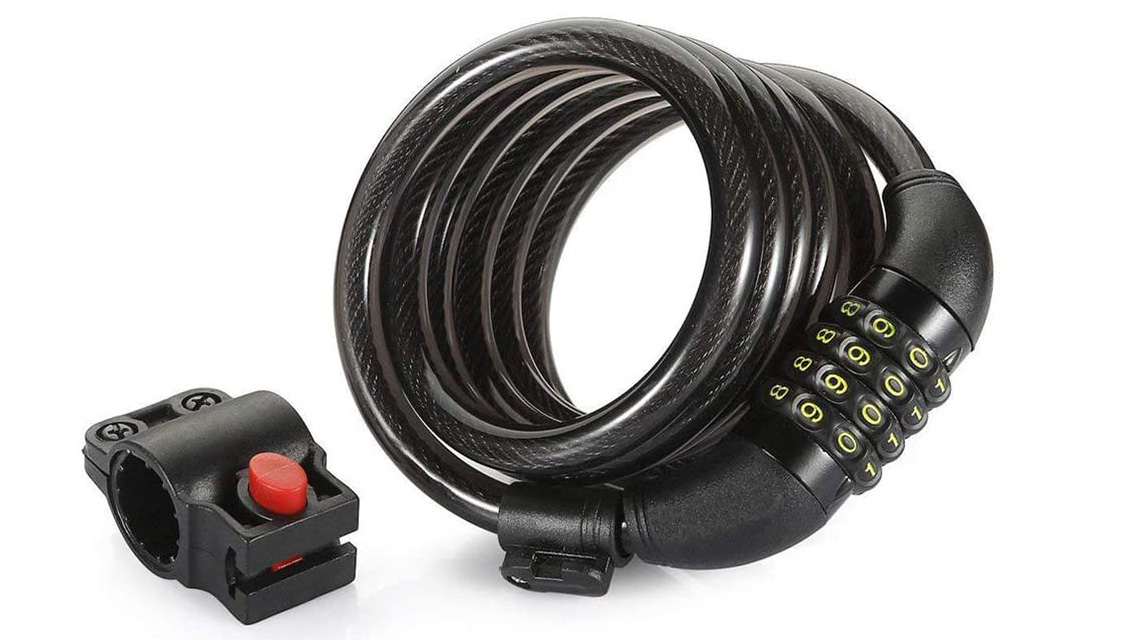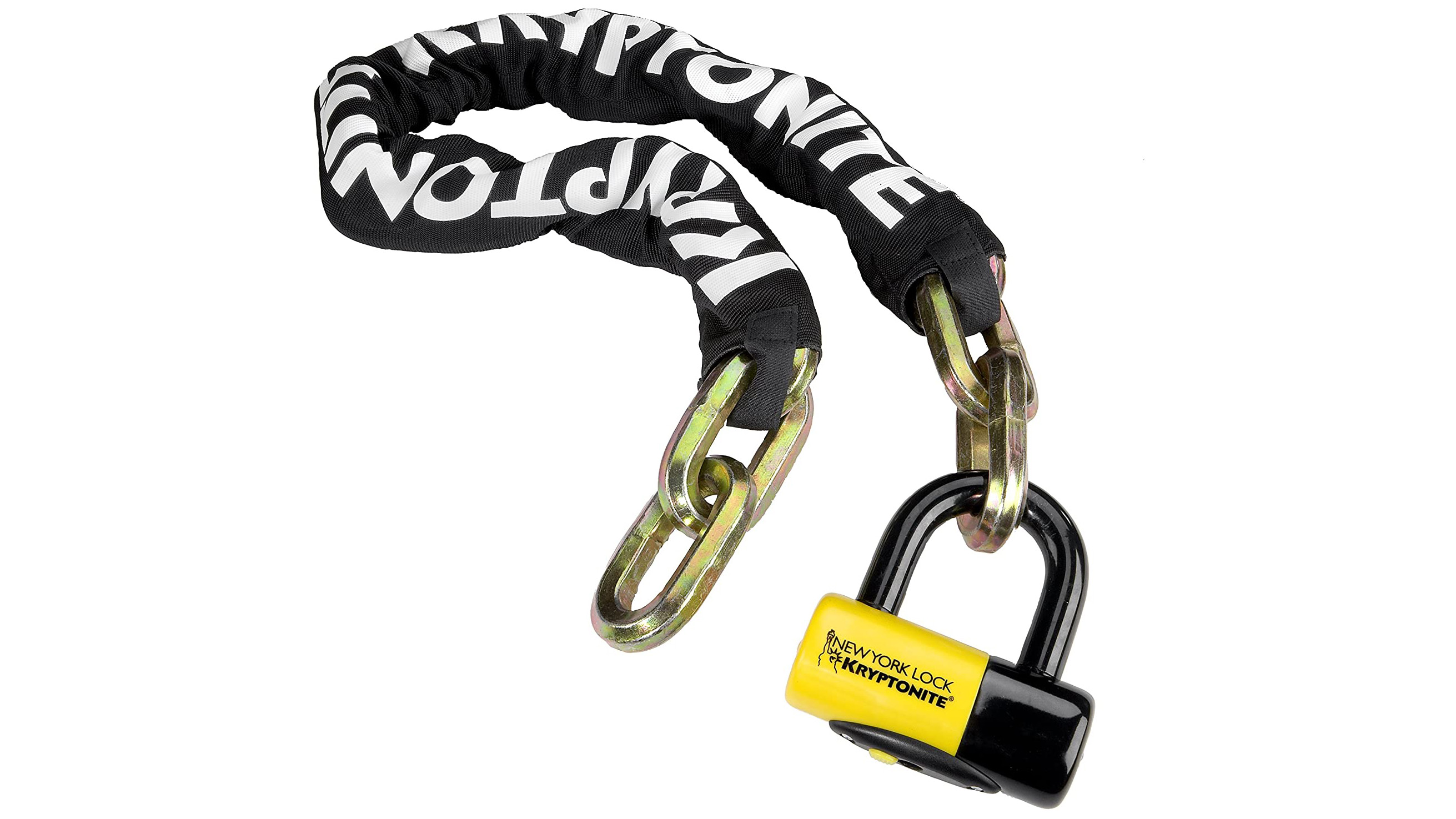How to choose a virtually theft-proof bike lock
How to pick the unpickable

The cycling scene is ever-changing, with more innovation entering the market every year. One thing is constant, though: thieves taking bikes that aren’t theirs, souring the biking experience for everyone else. If you’re concerned about your new bike getting nicked – and based on data from all major metropolitan areas, you should be – we recommend investing in the best bike locks, and not just one, but at least two, to make sure your bike stays where you left it.
Bike theft is the worst. In 2020-21, over 77,000 bikes were stolen in the UK, and that was peak lockdown when people didn’t even have to commute to work, leaving their bikes vulnerable, chained up outside train stations and office buildings.
Things are even worse in the US: according to Cycling Industry News, over 2 million bicycles are stolen every year, which is believed to be “costing American communities around $1 billion annually.” Ouch!
How can you prevent your trusty pedal vehicle from being abducted and sold on the black market? Getting a sturdy bike lock is a no-brainer option. Opting for a folding e-bike that you can more easily stow in safer spaces is an alternative. But, you must also ensure you don’t leave your bike unattended for too long, especially in areas with no CCTV cameras. Which bike lock to get to minimize the possibility of theft? We laid out the facts below.

D-locks: The sturdiest and heaviest option
Pros: hard to cut open with smaller tools, sturdy, usually acid-resistant construction
Cons: heavy and bulky to carry around
You can tell when someone who uses a D-lock is approaching on a bike; the lock rattling around the handlebar makes a distinct sound. D-locks are generally considered your best option to prevent bike theft: they are made of thick metal bars and have chunky head units, making it harder to pry the lock open using hand tools.
Sign up for breaking news, reviews, opinion, top tech deals, and more.
For the same reason, D-locks are a pain in the neck to carry around, especially if you haven’t got a holder you can mount on the bike. You can shove them in your backpack, but unless you have a dedicated compartment for your dirty, heavy lock, it’ll stain all over your laptop and phone in the bag.
The ‘mini’ versions of D-locks are a decent compromise. However, it’s worth noting that these are made of metal with a smaller circumference, so you sacrifice some of the security for convenience. Combining mini D-locks with a wire cable can somewhat alleviate this issue.

Cable locks: Not as flimsy as you’d think
Pros: Convenient to carry around, some of them don’t require a key to open, allow for more freedom when chaining the bike
Cons: not as sturdy as D-locks
Cable locks have a bad reputation, but that’s mainly because most companies that sell bikes and scooters provide flimsy cable locks as part of the bundle, which are usually terrible quality. Cable locks you have to pay with actual money are a whole different ball game; we aren’t saying they are as safe as D-locks, but they are a good alternative for those who live in areas less riddled with bike theft.
Cable locks have a big advantage over D-locks: they are less hassle to carry around as they aren’t only lighter but also less bulky. Of course, bike thieves will also be able to access your bike more easily! Thankfully, modern cable locks often have a durable steel core, so you can rest assured that smaller hand tools won’t be able to slice through the cable like a knife in hot butter.
Another positive aspect of cable locks is that they sometimes feature a four-five-six-digit combination lock mechanism, so you’ll be able to unlock your bike, even if you lost your keys somewhere. Plus, cable locks allow for more locking options as it’s flexible and longer than D-locks.

Wearable bike locks: The fashionable option
Pros: can wear them around your waist; will keep your trousers up; chains are often sturdier than cable locks
Cons: often not cheaper than cable locks; shorter than cable locks, which limits locking options
The author of this article is a proud owner of a Hiplok LITE Lock (retailer link), and he wouldn’t change it for the world. Well, he also has a Kryptonite New York Lock Standard (also retailer link), but then again, he’s a bit of a worrier regarding bike security and locks both wheels when he leaves his bike unattended.
Wearable locks are an excellent option for those who can’t be seen with mini Dl-locks hanging out from their trousers as they ride. Belt-like locks can be wrapped around the waist and hidden under the T-shirt, which makes them practically invisible when you ride the bike, but it also limits the length of the chain, which is a bit of a pain.
On the other hand, this short chain is at least sturdy; the Hiplok LITE Lock mentioned above has Sold Secure Bronze and SBSC security ratings. Plus, it also looks ‘hip’, for what it’s worth.

Which bike lock should you get?
It might sound generic, but it’s up to you what’s the most important feature you look for in a bike lock. We recommend a setup where both the front and back wheel and the frame are somewhat secured, which means you need at least a couple of locks and maybe a cable that can loop around different parts of the bike.
A general rule of thumb is to spend at least 10 percent of your bike’s value on locks; you wouldn’t leave your Pinarello Dogma F12 out on the high street, chained to a sapling with a wire cable, would you? Similarly, if the price of your bike is in the thousands, you need appropriately-priced locks to keep it secure. Do your math and stay safe when out there!
Matt is a prolific fitness writer who covers everything from running shoes and watches to home weights and multi-gyms, You can often find him eating some sort of rice dish straight out of a plastic container, staring at an empty word document. When he isn’t writing fitness news, reviews and features for T3, TechRadar or Fit&Well, he’s probably out testing running shoes (wearing four fitness trackers simultaneously) or doing home workouts in his tiny flat.
